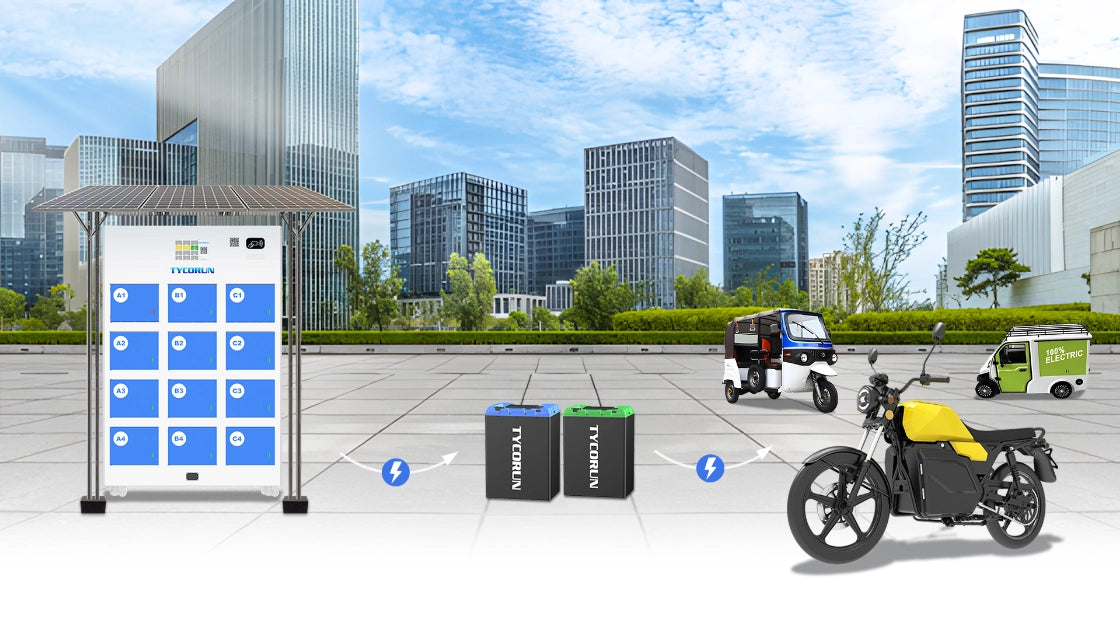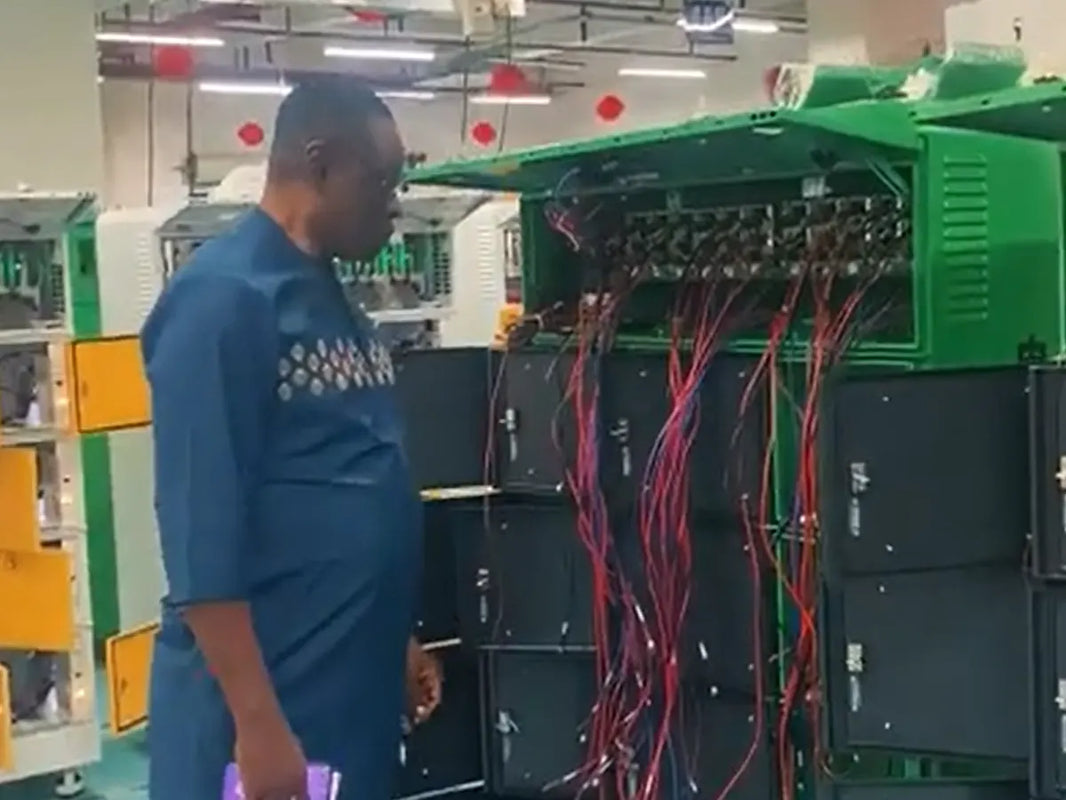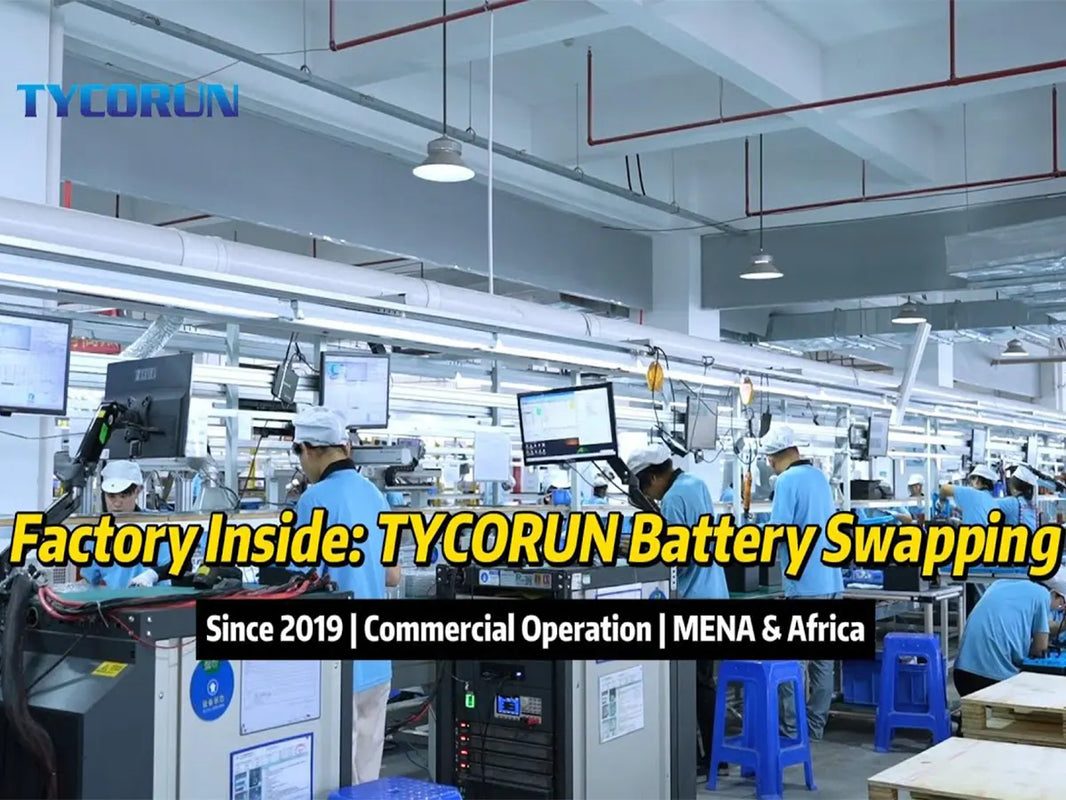
Main content:
New energy vehicle owners often give feedback, charging all night every day at home, the battery life has dropped by 20% in less than two years! In a hurry to go out and use fast charging, charging to 80% in 15 minutes, later found that the battery activity has significantly decreased.
These real-life cases point to a key issue: battery life and charging strategies are deeply intertwined. Charging time that is too short or too long is causing irreversible damage to the battery.
According to research data from the China Society of Automotive Engineers in 2024, over 60% of car owners have extreme charging habits, and the battery decay rate of these users is 15% -20% faster than that of standard chargers. Why does seemingly 'fully charged' and 'sufficient' charging behavior harm batteries? Understanding the delicate balance between battery life and charging habits will be discussed from batteries’ working principle to actionable protection steps.
In this article, battery life and charging relationship will be discussed from batteries' working principle to follow the steps of protecting your battery.
Reasons for the impact of charging time on battery life
The mainstream lithium-ion batteries used in new energy vehicles rely on the insertion/extraction of lithium ions between the positive and negative electrodes to achieve energy storage. This process is highly time sensitive and responds as follows. And if you're not familiar with the battery charging system, here is the article for your reference.

Polarization effects exacerbation
Short charging time (0.5 hours, such as extreme scenarios of ultra fast charging) not only exacerbates polarization effects but also threatens battery life and charging efficiency in the long term. When charging rapidly with high current, the migration speed of lithium ions exceeds the material's capacity limit, resulting in the accumulation of surface charges on the electrode and the formation of polarization impedance.
A study published in the Journal of Battery Technology in March 2024 stated that long-term, short-term fast charging can increase battery internal resistance and accelerate battery life degradation. As for lithium battery llife, here is a detailed article for your reference.
Active material loss, significant heating during battery fast charging (temperature rise can reach over 20 ℃), accelerated electrolyte decomposition rate, and easily damaged crystal structure of positive electrode materials LiNiCoMnO2 (ternary lithium) or LiFePO4 (lithium iron phosphate), reducing available lithium sources. This irreversible damage directly shortens battery life and charging capacity over repeated cycles.

Risk of chemical reactions inside lithium batteries
Excessive charging time (12 hours, such as overnight charging without timely power outage) poses another critical challenge to battery life and charging safety: lithium dendrite formation and increases the risk of lithium deposition which means when the battery is fully charged and continues to charge, the negative electrode cannot accommodate excess lithium ions and is forced to precipitate in the form of metallic lithium, forming lithium dendrites. Lithium dendrites may puncture the diaphragm, causing short circuits or even thermal runaway.
Chronic consumption of electrolyte refers to the continuous occurrence of side reactions inside the battery when it is fully charged for a long time, leading to the gradual depletion of solvents in the electrolyte and irreversible decline in battery capacity. Toyota's 2023 battery life study shows that long-term overcharged batteries have a 30% reduction in cycle times compared to normal use. Such depletion accelerates the decline of battery life and charging performance.

Why is 0.5-12 hours the golden range for battery life and charging optimization?
More than 0.5 hours: Ensure that the current density is ≤ 1C (i.e. charge to 100% capacity in 1 hour), leaving a buffer time for lithium ion migration to avoid polarization.
Within 12 hours: Prevent the battery from experiencing prolonged pressure overload when fully charged, leaving a safe and redundant space.
Three scientific methods to extend battery life
To extend battery life and charging efficiency, here are three scientifically-backed strategies, for you to know how to charge,and balance battery life and charging.
Charging based on the scenario
Tailoring battery life and charging habits to usage scenarios is key.
Choose the charging method based on the scenario and match the time requirements for daily commuting (slow charging priority):
Use a household 7kW AC charging station, which takes about 6 hours to charge from 20% to 80% (taking a 60kWh battery as an example), avoiding overnight charging. It is recommended to set a charging timer function, such as charging from 2-8 am and automatically shutting down after being fully charged.
Long distance emergency (fast charging as a supplement):
When using DC fast charging above 60kW, control the duration of a single charge within 1 hour (charging to 80% is sufficient), avoid direct fast charging from low battery levels below 10%, and allow the battery to warm up for 5 minutes.

Real time monitoring of charging progress
Rejecting excessive operation and avoiding full charge discharge: regardless of fast or slow charging, set the charging upper limit to 90% (ternary lithium batteries) or 100% (lithium iron phosphate batteries, which need to be regularly balanced), with a discharge lower limit of not less than 20%, leaving a golden zone of 20% -80%, which can extend the cycle life by more than 20%. Reminder from the in car system: Most car models support remote monitoring through an APP. When the charging time approaches 12 hours or the battery level reaches the preset value, the charging gun should be disconnected in a timely manner.

Periodic maintenance
Periodic maintenance bridges battery life and charging practices with environmental adaptability.
To balance work and rest and avoid extreme charging temperature of the battery: when the temperature is below 0 ℃ or above 35 ℃, let it stand for 30 minutes to let the battery temperature return to room temperature. Charging for too long in a high temperature environment will increase the risk of lithium deposition.
Regular battery balancing: Use slow charging to 100% every 3 months to trigger the Battery Management System (BMS) to automatically balance and repair capacity differences between battery cells, avoiding overall lifespan reduction caused by overcharging of individual cells. This process ensures uniform battery life and charging capacity across all cells. Make charging time the 'maintenance password' for batteries.

Conclusion
The battery life and charging relationship mirrors human circadian rhythms—disruptions from fast charging or overnight overcharging degrade longevity.The battery of new energy vehicles, like the heart of the human body, requires a scientific sleep schedule. Whether it's rushing fast charging or allowing slow charging all night, it's essentially a disruption to the battery's working rhythm.
Mastering the golden charging interval of 0.5-12 hours and flexibly adjusting it according to the scenario is necessary to keep the battery in its optimal state at all times. After all, every care for the battery will ultimately translate into stable and safe range assurance. Every mindful adjustment to battery life and charging routines translates to sustained range reliability and safety.
Related articles: Top 10 power battery cell manufacturers, how to revive a lithium battery, slow charging vs fast charging















